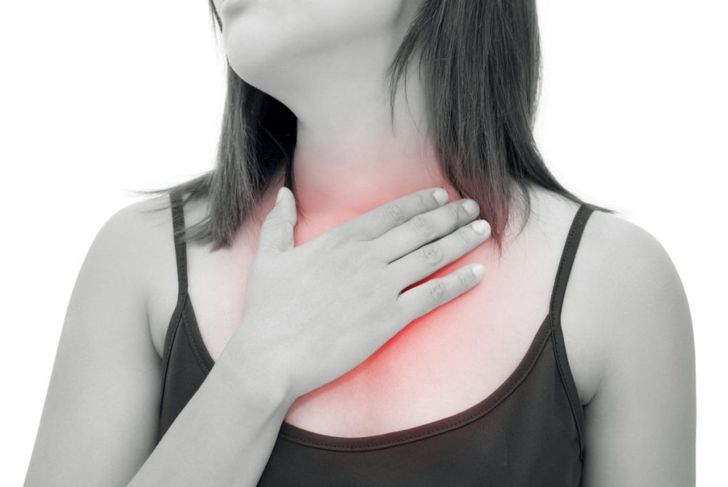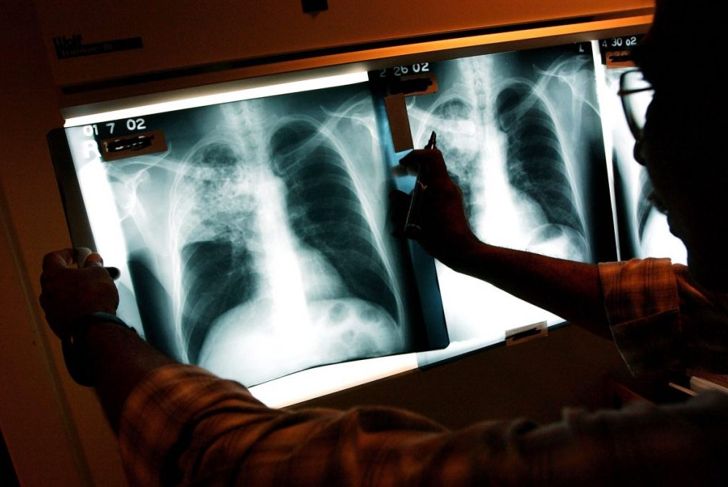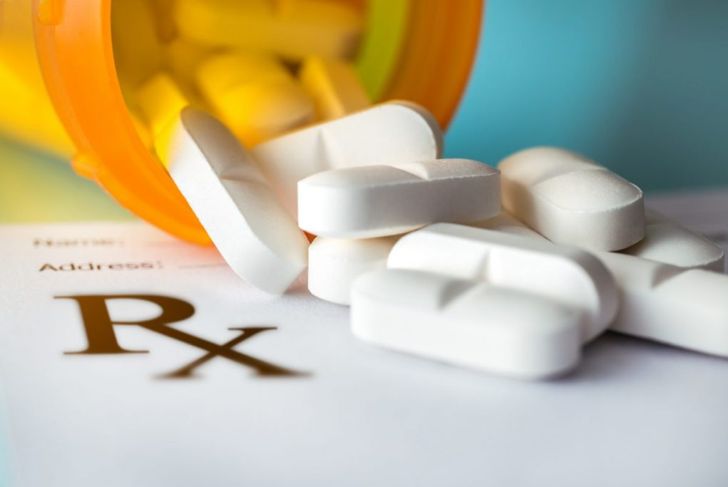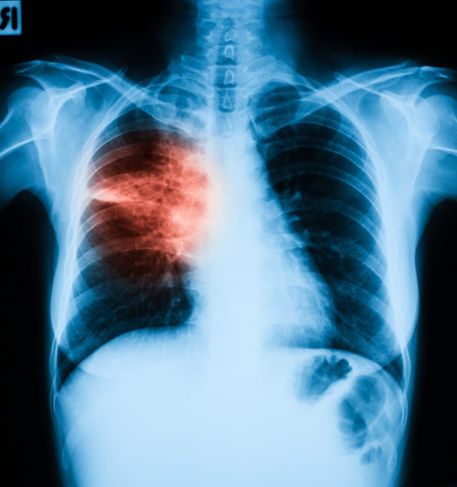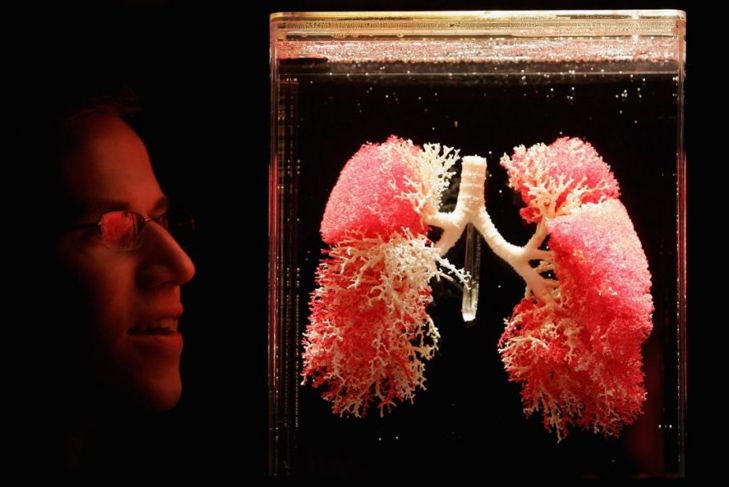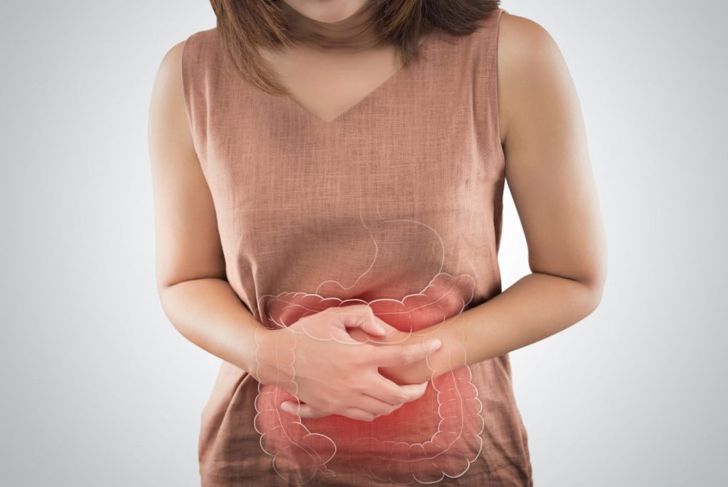Pneumonia occurs when bacteria enters your lungs, when food, stomach acid, or your saliva goes down or comes up the esophagus — the wrong channel. This condition is called pulmonary aspiration, and can very quickly turn into aspiration pneumonia. If you inhale food or any liquid into your lungs instead of your esophagus, seek medical help.
Symptoms of Aspiration Pneumonia
Aspiration pneumonia may be apparent if you show signs of poor oral hygiene, clearing of the throat, or a wet cough after a meal. Other symptoms include difficulty swallowing, shortness of breath, and fatigue. If you recognize these symptoms in yourself or someone who recently inhaled any food or drink, seek medical attention immediately. Call 911 especially if the person in question is under two years of age or over 65.
Causes
If your body’s natural defenses are lacking, you can have a hard time fighting off pneumonia. Likewise, if you ate something with harmful bacteria, aspiration pneumonia can develop. Causes include neurological disorders or throat cancer. People with a compromised immune system might also be more likely to develop pneumonia. Dental problems with chewing or swallowing can also lead to aspiration pneumonia. If you have a normal gag reflex, you can avoid the symptoms by coughing.
Risk Factors
There are several risk factors for aspiration pneumonia. You are more prone to this condition if you have lung diseases, seizures, dementia, or impaired consciousnesses. When eating or drinking, you are still at risk for aspiration even if you don’t have any of those health issues. It is essential that those with swallowing difficulties be monitored closely to help prevent inhalation of food.
Diagnosis
During your physical exam, the medical provider will check for low blood flow, increased heart rate, and a broken-up sound in your lungs. Tests for these signs may include a chest x-ray, a complete blood count, and bronchoscopy. A blood or sputum culture may also be necessary. Pneumonia requires immediate treatment since it can quickly increase in severity.
Treatment
After visiting a medical provider, he or she will send you home with a prescription for an antibiotic, usually on a two-week course. Following through with antibiotics is very important. If you have chronic pneumonia and require extra oxygen, nebulizer treatments are an option. Pneumonia is a serious condition; depending on the severity of your situation, you could end up in the hospital with a feeding tube.
Prevention
There are several ways to prevent aspiration pneumonia. Avoid excessive drinking. Also, remain cautious while on medications that may cause drowsiness. It is important to keep up with proper dental hygiene. A licensed speech pathologist can run a swallowing test. If you have swallowing difficulties, it may be best to change your eating habits or take part in some exercises to strengthen your throat muscles.
Prognosis
Aspiration pneumonia treatments depend on several things including the type of bacteria inhaled and how much damage has been done. Compromises to your immune system may affect your condition. Lung abscess or permanent scarring can result in problems from pneumonia. The majority of people recover from aspiration pneumonia; however, pre-existing conditions can significantly affect the outcome.
Complications of Aspiration Pneumonia
Bacterial aspiration pneumonia may progress into a lung abscess, bronchiectasis, or acute respiratory distress. Lung abscesses can be primary, developing in health lungs following aspiration, or secondary, if you have previous lung issues. Bronchiectasis is the expanding and thickening of your airway due to a chronic cough.
Inside the Lungs
The right lung has three bronchopulmonary segments and lobules but left only has two. Your heart sends deoxygenated blood to your lungs, where they release carbon dioxide and separate oxygenated blood through bronchial circulation. All areas can be infected when inhalation of bacteria takes place, but the right side, middle, and lower lines are more commonly affected than the left.
Aspiration Acid Ingestion
Acid ingestion is rarely the cause of aspiration pneumonia, but it can quickly increase the mortality rate because it causes an acute stage of corrosive acid injury. This symptom can result in surgery, fasting nasogastric tube decompression, or fluid replacement to correct pH imbalance. People with previous respiratory distress complications may need endotracheal intubation as quickly as possible.

 Home
Home Health
Health Diet & Nutrition
Diet & Nutrition Living Well
Living Well More
More